Gaganyaan TV-D1 mission successful
In a historic moment for India’s ambitious human space mission, the Test Vehicle-D1 (TV-D1), designed for the ISRO’s Gaganyaan program, successfully took flight from Sriharikota, Island in Andhra Pradesh. The launch, which marked a significant milestone in India’s space endeavors, was not without its share of challenges.
Mission Objectives and Significance
The TV-D1 launch aimed to achieve several critical mission objectives, bringing India closer to realizing its dream of sending humans into space. These objectives included:
1. Flight Demonstration and Evaluation of Test Vehicle Subsystems
The TV-D1 mission allowed for a comprehensive assessment of the various subsystems that make up the test vehicle. This evaluation is crucial in ensuring the safety and reliability of future human spaceflights.
2. Crew Escape System Evaluation
One of the paramount concerns in human space missions is the safety of the crew in case of an emergency. TV-D1 provided a platform for the evaluation of the Crew Escape System (CES), which encompasses various separation systems to ensure a safe escape for astronauts.
3. Crew Module Characteristics Assessment
Understanding the characteristics of the Crew Module (CM) is vital for the success of future missions. TV-D1 helped gather critical data about the CM’s performance, improving our knowledge of its behavior during the flight.
4. Deceleration System Demonstration at Higher Altitudes
As missions venture into deeper space, deceleration systems become increasingly important. TV-D1 demonstrated the deceleration system’s capabilities at higher altitudes, adding to the knowledge base for future missions.
Technical Challenges and Resilience
The road to this historic launch was not without its share of challenges. Initially scheduled for 8 a.m., the liftoff was postponed due to adverse weather conditions and poor visibility. The delay, however, was not the end of the hurdles. Technical glitches further pushed the launch time, eventually taking place at 10 a.m. These challenges underscore the resilience and determination of India’s space program in the face of adversity.
The Test Vehicle-D1 and Its Significance
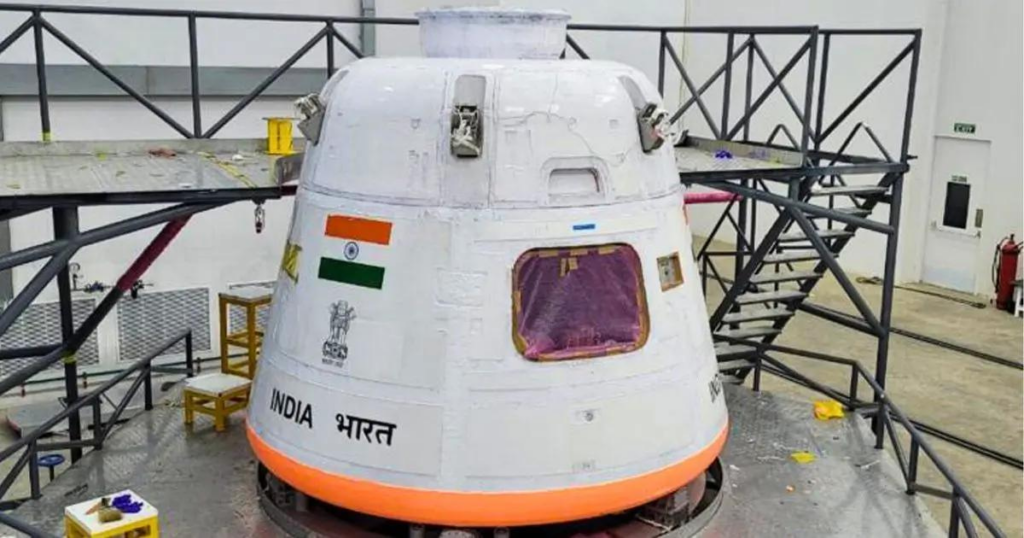
The TV-D1, a single-stage liquid rocket developed for this critical abort mission, played a pivotal role in simulating an abort scenario during the ascent trajectory. It corresponded to a Mach number of 1.2, mirroring conditions anticipated in the Gaganyaan mission. The payloads onboard included the Crew Module (CM) and Crew Escape Systems (CES) with their fast-acting solid motors, alongside the CM fairing (CMF) and Interface Adapters.
In summary, the successful TV-D1 launch not only signifies a remarkable achievement for India’s space program but also reaffirms the nation’s commitment to exploring the possibilities of human space travel. As India moves closer to its goal of launching astronauts into space, this mission paves the way for a brighter future in space exploration.
Important takeaways for all competitive exams:
- ISRO Headquarters: Bengaluru
- ISRO Founded: 15 August 1969
- ISRO Founder: Vikram Sarabhai
- ISRO Officeholder: S. Somanath (Chairperson)

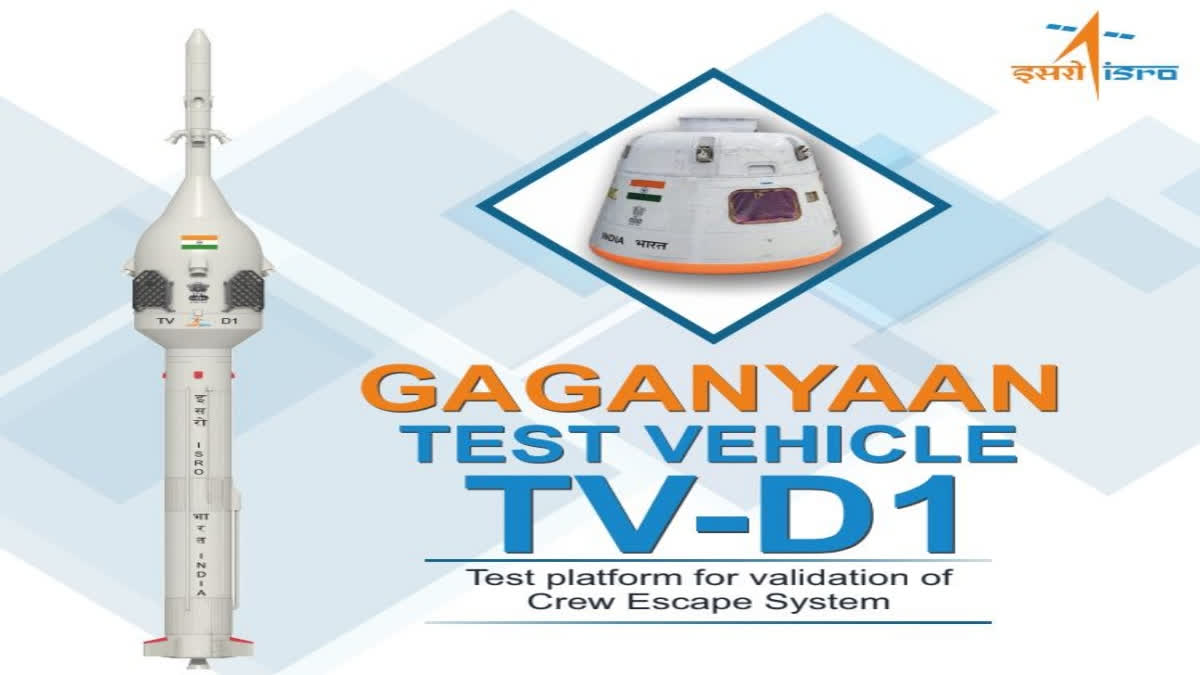


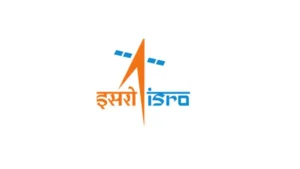 ISRO Launches RESPOND Basket 2025, Calls...
ISRO Launches RESPOND Basket 2025, Calls...
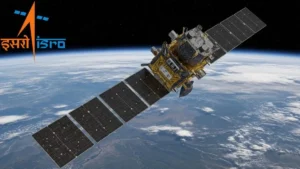 LVM3-M6 Rocket Set to Launch on December...
LVM3-M6 Rocket Set to Launch on December...
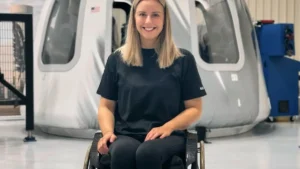 Michaela Benthaus to Make History as Fir...
Michaela Benthaus to Make History as Fir...







